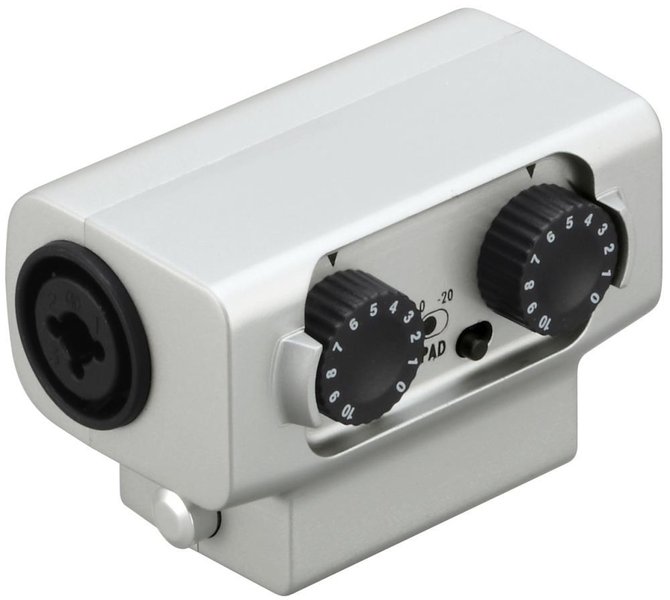I'm tryng to find out a solution to bring the safety track rec for the Zoom H6.
Safety track allow to rec a second file at minus tot. db to prevent audio clipping. This can save the work if actors screams.
If actors scream using a limiter is not good because it compress the sound creating unnatural effect, something similar to a kazoo or a megaphone effect. so a professional recording tool should give you the possibility to have the safety track rec option to take two files with different decibel level recording. This will save the dynamic range of the voice if actors scream. And sometimes they will scream if you work in film industry.
So I decided to make a test with a Y cable and the Zoom H6 to find a diy solution but I failed the experiment. Current firmware is v2.0.
You can find my test here: https://www.youtube.com/watch?v=eT2MlOBvDmk
This test show that is impossible to have a working safety track rec for phantom powered mics on the Zoom H6.
Firmware v2.0 does not allow safety track rec for phantom powered mics.
I wrote to Zoom company to ask this feature in the next firmware update, it's the only solution.
The external unit Zoom EXH-6 will not solve this problem because it does not provide any phantom power.
Please guys if possible write to Zoom to ask them to implement the safety track in the zoom H6 channel 1-4 for phantom powered mics.
info@zoom.co.jp
update 04-22-2015.
the video test that I did is useless. I discovered the cable that I used for this test was broken/soldered strange and went in antiphase.
I will update you soon I'm going to make a new test with a new cable.
Safety track allow to rec a second file at minus tot. db to prevent audio clipping. This can save the work if actors screams.
If actors scream using a limiter is not good because it compress the sound creating unnatural effect, something similar to a kazoo or a megaphone effect. so a professional recording tool should give you the possibility to have the safety track rec option to take two files with different decibel level recording. This will save the dynamic range of the voice if actors scream. And sometimes they will scream if you work in film industry.
So I decided to make a test with a Y cable and the Zoom H6 to find a diy solution but I failed the experiment. Current firmware is v2.0.
You can find my test here: https://www.youtube.com/watch?v=eT2MlOBvDmk
This test show that is impossible to have a working safety track rec for phantom powered mics on the Zoom H6.
Firmware v2.0 does not allow safety track rec for phantom powered mics.
I wrote to Zoom company to ask this feature in the next firmware update, it's the only solution.
The external unit Zoom EXH-6 will not solve this problem because it does not provide any phantom power.
Please guys if possible write to Zoom to ask them to implement the safety track in the zoom H6 channel 1-4 for phantom powered mics.
info@zoom.co.jp
update 04-22-2015.
the video test that I did is useless. I discovered the cable that I used for this test was broken/soldered strange and went in antiphase.
I will update you soon I'm going to make a new test with a new cable.
Last edited:





